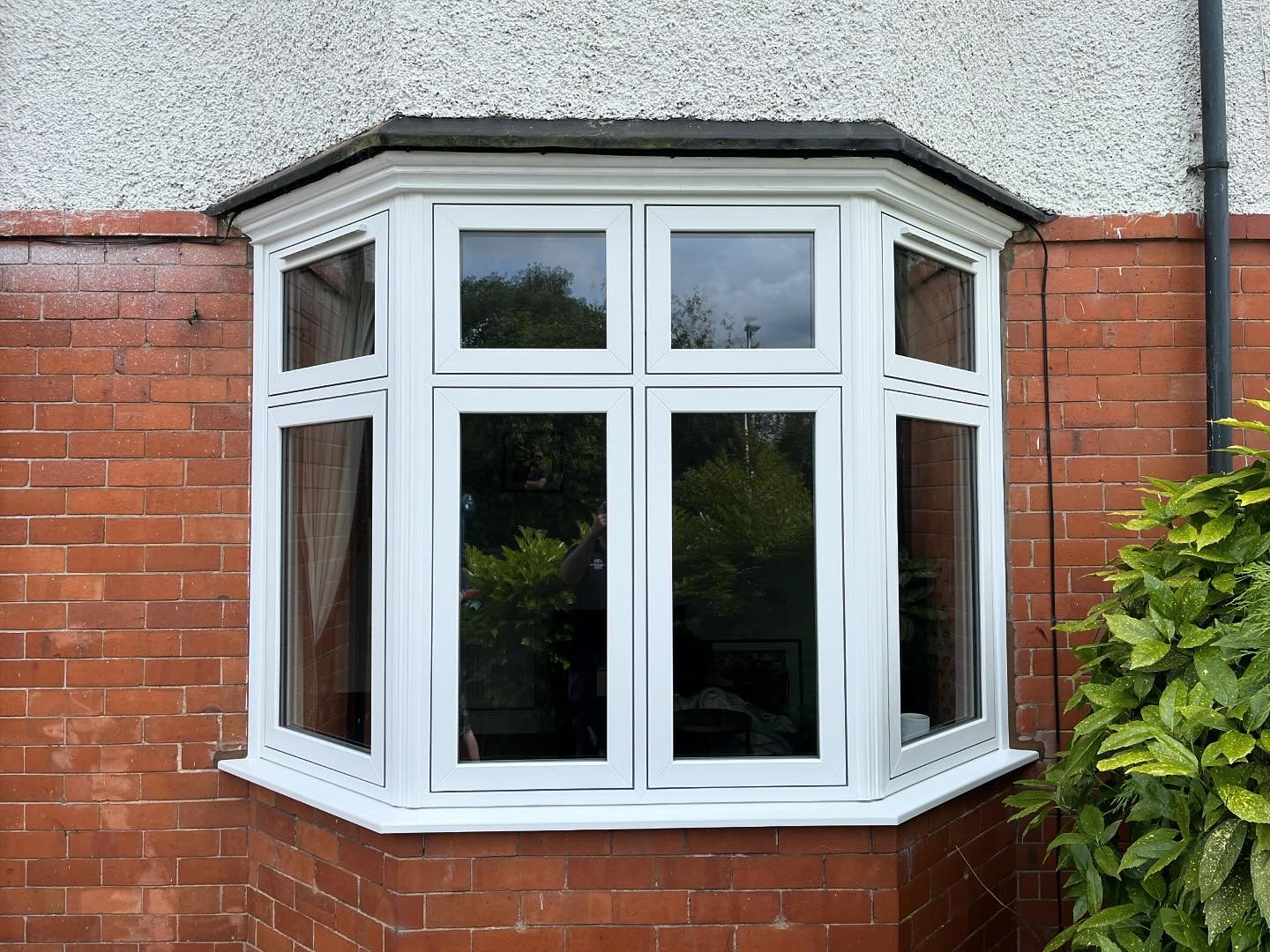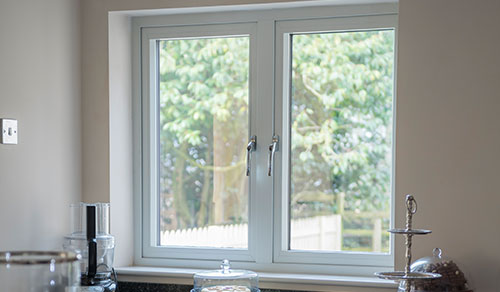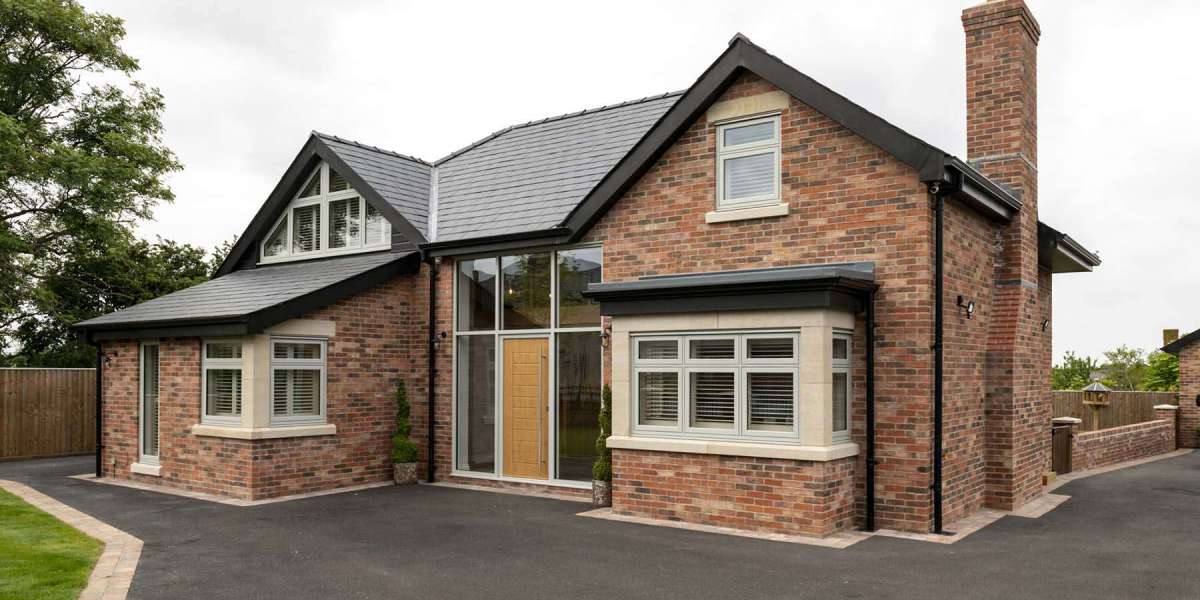Introduction
The evolution of windows has been a significant aspect of architectural design and building technology. New windows not only enhance aesthetic appeal but also improve energy efficiency, sound insulation, and overall building performance. This report explores the latest innovations in window technology, materials, design trends, and their implications for sustainability and energy consumption.
Historical Context
Historically, windows served basic functional purposes: providing light and ventilation. The early use of glass in windows can be traced back to the Roman Empire, where small panes of glass were used in wealthy households. Over the centuries, advancements in materials and manufacturing processes have transformed windows from simple openings into complex systems that contribute to building performance.

Innovations in Window Technology
- Energy-Efficient Glazing
One of the most significant advancements in window technology is the development of energy-efficient glazing.
Double Glazing Installation and triple-glazed windows, which consist of multiple panes of glass separated by insulating gas, significantly reduce heat transfer. Low-emissivity (Low-E) coatings further enhance energy efficiency by reflecting infrared light while allowing visible light to pass through, thus reducing the need for heating and cooling.
- Smart Windows
The advent of smart technology has introduced dynamic windows that can adjust their tint based on sunlight exposure. These electrochromic or photochromic windows can change their opacity to reduce glare and heat gain, improving indoor comfort while lowering energy consumption.
- Vacuum Insulated Glass (VIG)
Vacuum insulated glass is a cutting-edge technology that provides superior thermal insulation. By creating a vacuum between two panes of glass, VIG minimizes heat transfer, making it an excellent choice for energy-efficient buildings. This innovation is particularly beneficial in urban environments where space is limited, as VIG can offer the same insulation performance in a thinner profile compared to traditional double or triple glazing.
- Integrated Solar Technologies
The integration of solar technologies into window systems is another exciting development. Building-integrated photovoltaics (BIPV) allow windows to generate electricity while serving their primary function. This technology not only contributes to energy generation but also reduces the carbon footprint of buildings.
Material Innovations
- Fiberglass Frames
Traditional window frames have been predominantly made from wood, aluminum, or vinyl. However, fiberglass frames are gaining popularity due to their durability, low maintenance, and excellent insulation properties. Fiberglass does not warp or expand with temperature changes, ensuring a tight seal that minimizes air leaks.
- Recycled Materials
The trend towards sustainability has led to the use of recycled materials in window manufacturing. For instance, some companies are producing frames made from recycled PVC or aluminum, reducing environmental impact and promoting circular economy practices.
- Thermally Broken Aluminum
Aluminum frames are known for their strength and versatility, but they can conduct heat, leading to energy loss. Thermally broken aluminum frames incorporate a layer of insulation between the interior and exterior aluminum sections, significantly improving thermal performance without compromising structural integrity.
Design Trends
- Large Expanses of Glass
Modern architectural design increasingly favors large windows and glass walls that blur the boundaries between indoor and outdoor spaces. This trend not only maximizes natural light but also enhances the aesthetic appeal of buildings, creating a sense of openness.
- Minimalist Aesthetics
Minimalism in window design emphasizes clean lines and simplicity. Slim frames and unobtrusive hardware allow for unobstructed views and a modern aesthetic. This trend is particularly popular in residential designs, where homeowners seek to create a seamless connection with nature.
- Customizable Options
As consumer preferences evolve, manufacturers are offering customizable window solutions. Homeowners can select from various colors, finishes, and styles to match their architectural vision, allowing for greater personalization in home design.
Sustainability and Energy Efficiency
The push for sustainability has made energy-efficient windows a priority in building design. According to the U.S. Department of Energy, windows can account for 25-30% of residential heating and cooling energy use. By investing in high-performance windows, homeowners can significantly reduce energy consumption and lower utility bills.

- LEED Certification
The Leadership in Energy and Environmental Design (LEED) certification system encourages the use of energy-efficient windows in new construction and renovations. Buildings that meet LEED standards for energy efficiency can qualify for tax incentives and increased property value.
- Lifecycle Assessment
The environmental impact of windows extends beyond their initial energy performance. Lifecycle assessment (LCA) evaluates the environmental effects of windows from production through disposal. Manufacturers are increasingly adopting LCA practices to minimize their ecological footprint and promote sustainable manufacturing processes.
Challenges and Considerations
While new window technologies offer numerous benefits, there are challenges to consider. The initial cost of high-performance windows can be significant, which may deter some homeowners. However, the long-term savings on energy bills often offset the initial investment.
Additionally, the installation of advanced window systems requires skilled labor to ensure optimal performance. Poor installation can lead to air leaks and reduced energy efficiency, undermining the benefits of the technology.
Conclusion
The advancements in window technology and design are reshaping the way we think about building performance and sustainability. From energy-efficient glazing and smart windows to innovative materials and customizable designs, new windows play a crucial role in enhancing energy efficiency, aesthetic appeal, and overall building performance. As the demand for sustainable building practices continues to grow, the window industry is poised for further innovation, making it an exciting field to watch in the coming years. By embracing these advancements, homeowners and builders can contribute to a more sustainable future while enjoying the numerous benefits that modern windows have to offer.










